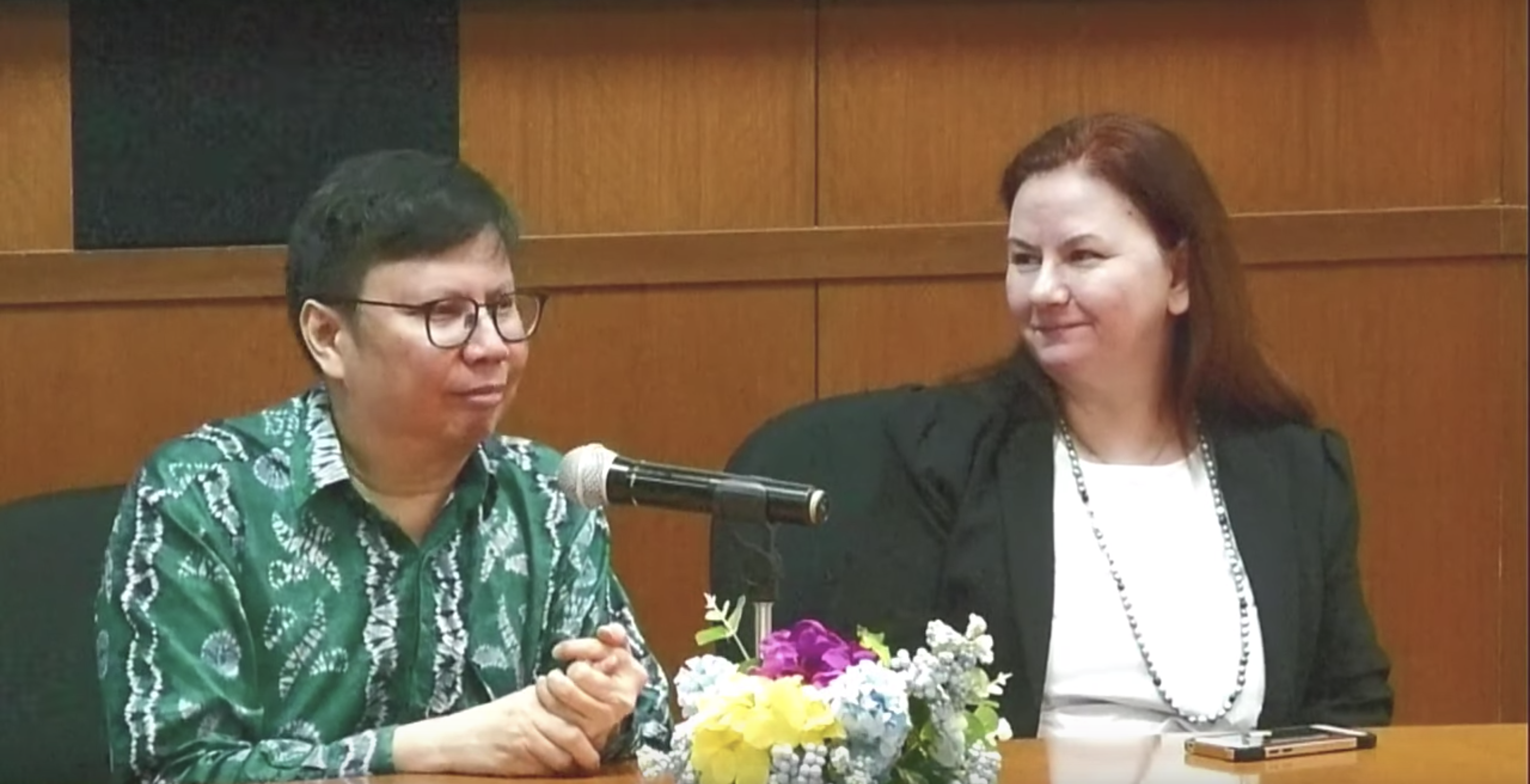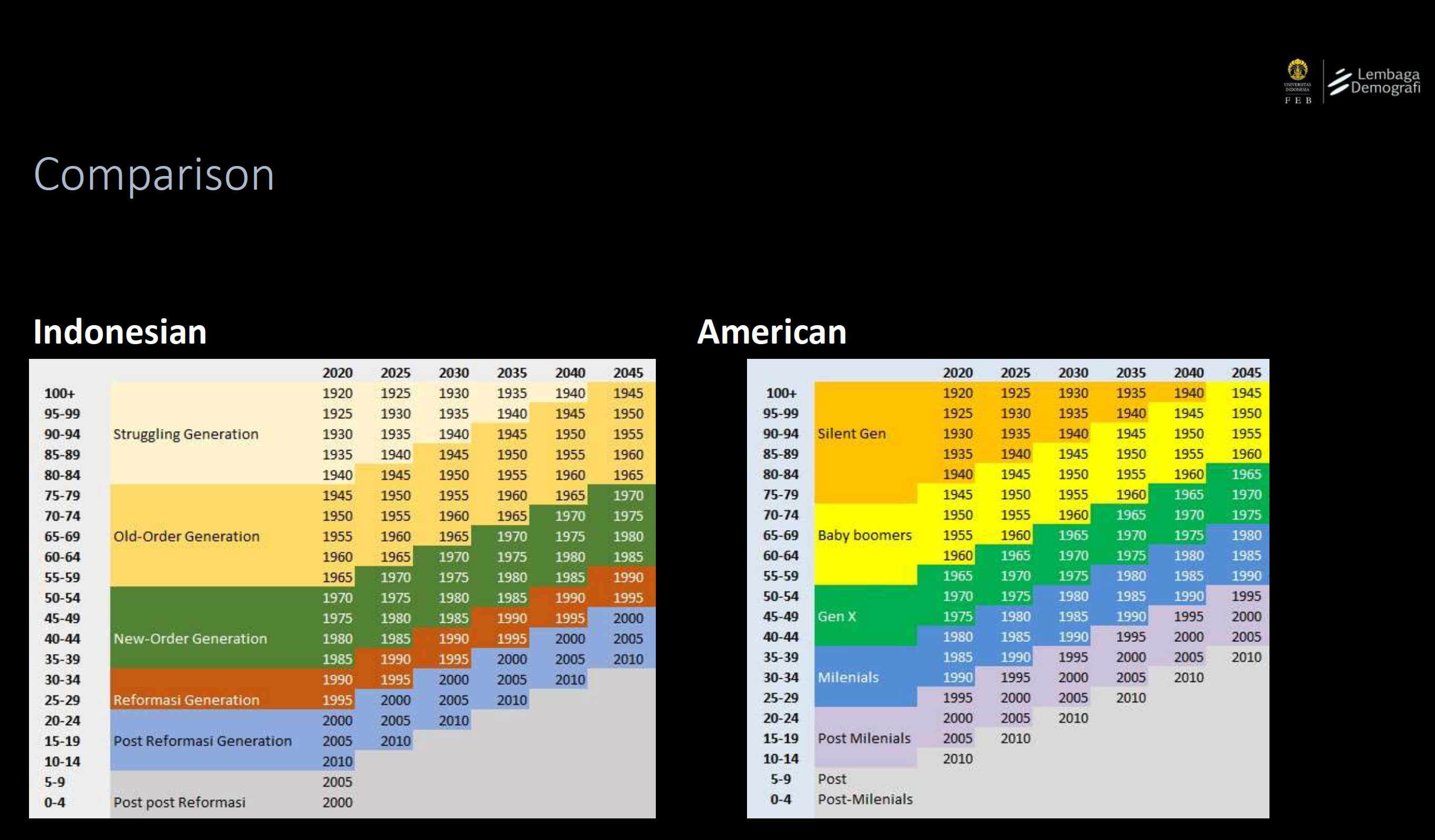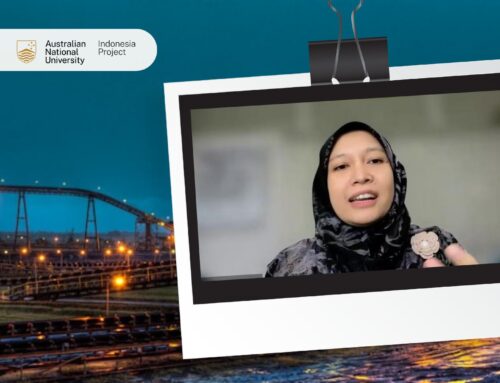Turro Wongkaren (left) and Diana Stojanovic (right)
Generational terms based on American experiences, such as Generation X and Millennials, are often used in the media and academic setting. However, Indonesian experiences may be very different given different economic and social structures. Therefore, research to define generations in Indonesia and to define the generations’ size and distinct behavioral characteristics is needed because these will have economic and social impacts. Turro Wongkaren and Diana Stojanovic from Lembaga Demografi presented their study on the topic at FKP on Thursday, 11 February 2020 in Jakarta. The research is funded by a grant from Bank Indonesia.
This study used Susenas and Sakernas data on economic, labor, demographic, and social variables to construct a novel approach to classify generations. The classification involved using distance measures between age-profile-based cohorts. The model comprised of 10 variables and for each of the age cohorts the researchers measured the shape and value of each variable. Then the researchers look for a peak in distance or a dip in similarity using distance measures to signal a potential start of a new generation. The researchers then evaluate the ten variables to define generations.
Through this study, Wongkaren and Stojanovic found that the classification of generations based on the Indonesian experience resembles the country’s political periods starting from Orde Lamato Post Reformasi. Comparing the Indonesian classification to the American classification, there are differences, although the number of groups is similar. One of the implications is that using the classification resulting from this result, we can see that the size of the generation is different, which in turn will impact public planning and policy.
For the complete presentation and Q&A session, please refer to the video and materials provided.






